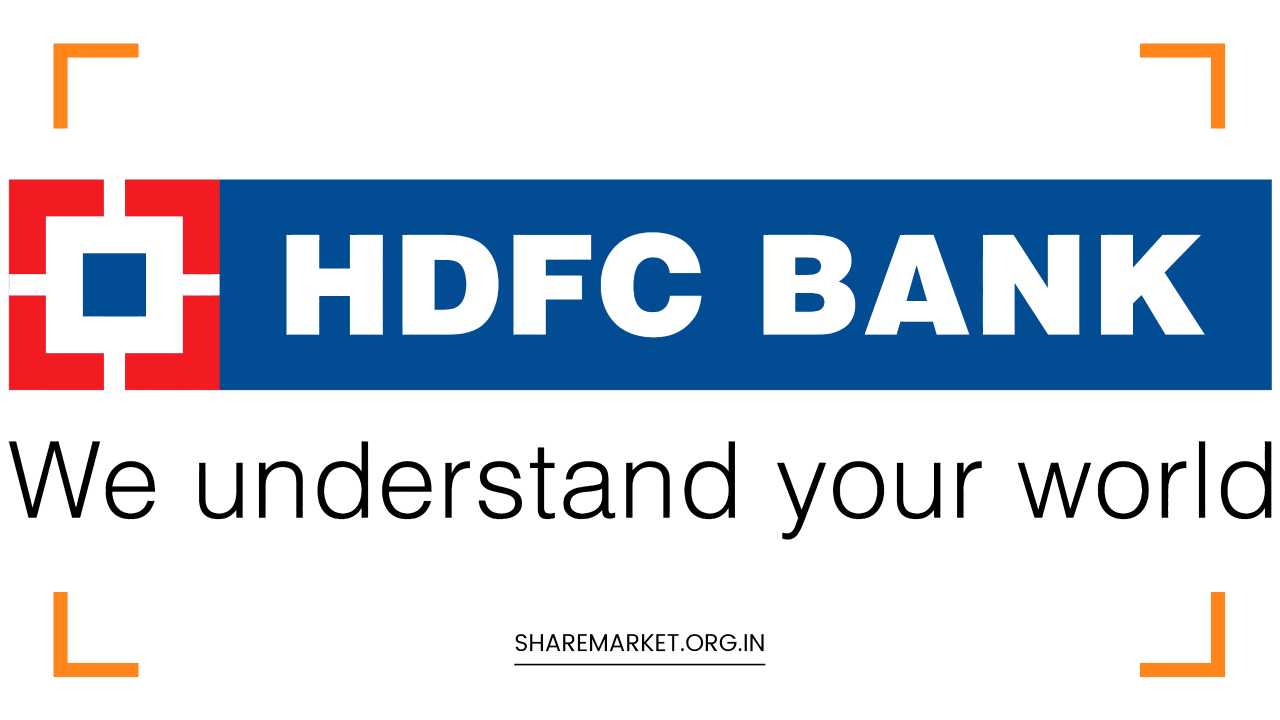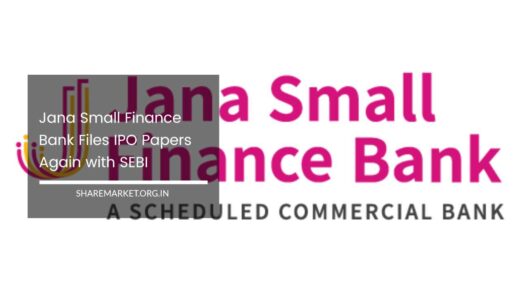HDFC Bank Raises MCLR, Leading to Increased Costs for Car and Home Loans Ahead of Diwali

HDFC Bank Raises MCLR
HDFC Home Loan Interest Rate Hike: Impact, Implications, and Considerations
In a move that has surprised many of its customers just ahead of the Diwali season, HDFC Bank, one of India’s leading private sector banks, has announced an increase in its Marginal Cost of Funds Based Lending Rate (MCLR) by 5 basis points, equivalent to 0.05 percent.
This decision is expected to have significant ramifications for borrowers across various loan categories, including home loans, personal loans, and auto loans, as the Equated Monthly Installments (EMIs) for these loans are set to rise.
This means that customers may find themselves facing increased financial commitments and higher monthly expenses right before the festive season.
The Revised MCLR Rates
The revised MCLR rates of HDFC Bank came into effect on November 7, 2023. To provide a more detailed breakdown of these changes, here are the specific adjustments made in each category of MCLR:
- Overnight MCLR: HDFC Bank increased its overnight MCLR by 10 basis points, raising it from 8.60 percent to 8.65 percent.
- One-Month MCLR: The bank raised its one-month MCLR by 15 basis points, bringing it to 8.70 percent, up from the previous 8.65 percent.
- Three-Month MCLR: The three-month MCLR was raised by 10 basis points, from 8.85 percent to 8.90 percent.
- Six-Month MCLR: HDFC Bank increased its six-month MCLR by 5 basis points, reaching 9.15 percent, up from 9.10 percent.
- MCLR for Periods Exceeding One Year: This MCLR was increased by 0.05 percent, now standing at 9.20 percent compared to its previous rate of 9.15 percent.
- MCLR for Periods Exceeding Two Years: The MCLR for periods exceeding two years remained unchanged at 9.20 percent.
- MCLR for Periods Exceeding Three Years: For periods exceeding three years, the MCLR increased from 9.25 percent to 9.30 percent.
Understanding MCLR and Its Impact
The Marginal Cost of Funds Based Lending Rate (MCLR) is a crucial parameter that affects the interest rates on loans in India’s banking system. MCLR is the benchmark interest rate that banks use to determine the cost of funds for borrowers.
The rate is typically revised at regular intervals, often monthly, and is influenced by several factors, including deposit rates, repo rates, operational costs, and the cost of maintaining cash reserve ratios.
One of the key factors influencing MCLR is the repo rate, which is set by the Reserve Bank of India (RBI). Changes in the repo rate have a direct impact on MCLR rates.
When the RBI adjusts the repo rate, banks respond by revising their MCLR, which, in turn, affects the interest rates on various loan products.
The Implications of the MCLR Hike
The increase in MCLR has several implications for borrowers, both existing and prospective:
- Higher EMIs: The most immediate and noticeable impact of the MCLR hike is that it leads to higher Equated Monthly Installments (EMIs) for borrowers. As the MCLR increases, the interest component of the EMIs rises, resulting in increased monthly expenses for borrowers.
- Costlier New Loans: New borrowers will be affected as well. Those looking to avail themselves of home loans, personal loans, or auto loans will find that these loans come with higher interest rates, making borrowing more expensive.
- Impact on Existing Borrowers: Existing borrowers with floating interest rate loans, such as home loans, will see their EMIs increase. This change can disrupt their monthly budget and financial planning.
- Timing of the Announcement: The timing of this announcement, just before the festive season of Diwali, has raised concerns among customers. Diwali is a time when many households plan their expenses, including purchases and celebrations. The increase in loan EMIs may affect customers’ financial planning for the festive season.
Considerations for Borrowers
Given the recent MCLR hike by HDFC Bank, borrowers need to consider several factors to navigate these changes:
- Review Your Budget: Existing borrowers should review their monthly budgets and assess the impact of the increased EMIs. It may be necessary to make adjustments in other areas of expenditure to accommodate the higher loan payments.
- Plan for Diwali: With Diwali just around the corner, it’s crucial to consider the impact of higher EMIs on your festive season budget. It may be necessary to make some adjustments to your Diwali plans to ensure that you can still celebrate within your financial means.
- Consider Loan Options: Prospective borrowers looking to take out new loans should consider their options carefully. This includes exploring loans from other banks and financial institutions to compare interest rates and terms. It’s essential to find the loan product that best aligns with your financial goals and affordability.
- Monitor the RBI’s Actions: Keep an eye on the Reserve Bank of India’s monetary policy decisions, as they directly influence MCLR rates. Future changes in the repo rate can impact MCLR, which, in turn, affects loan interest rates.
- Seek Financial Advice: If you are uncertain about how the MCLR hike affects your financial situation, consider seeking advice from financial experts or your bank’s relationship manager. They can provide guidance on how to manage your loans and finances in the current scenario.
- Consider Loan Prepayment: If you have the financial capacity, consider making partial prepayments on your loans. Reducing the outstanding loan amount can lead to lower EMIs and reduced interest payments over the loan tenure.
- Emergency Fund: It’s a good practice to maintain an emergency fund to handle unexpected financial situations. If the increased EMIs put a strain on your finances, having an emergency fund can provide a safety net.
Understanding the Factors Behind MCLR
MCLR rates are influenced by a combination of factors, including deposit rates, repo rates, operational costs, and the cost of maintaining cash reserve ratios. Here’s a brief overview of these factors:
- Deposit Rates: Banks rely on deposits from customers to lend money. When banks offer competitive deposit rates to attract funds, it can impact their cost of funds and, consequently, the MCLR they set.
- Repo Rate: The Reserve Bank of India (RBI) sets the repo rate, which is the rate at which it lends money to commercial banks. Changes in the repo rate have a direct impact on MCLR. When the RBI adjusts the repo rate, banks respond by revising their MCLR, which affects the interest rates on loans.
- Operational Costs: The operational costs of a bank, which include staff salaries, rent, and administrative expenses, contribute to its overall cost structure. These costs play a role in determining the MCLR rate.
- Cash Reserve Ratio (CRR): Banks in India are required to maintain a certain percentage of their deposits with the RBI as part of the CRR. Maintaining these reserves incurs a cost, which is factored into the MCLR.
- Market Conditions: Economic conditions, both domestic and global, can also influence MCLR rates. Changes in market conditions, such as inflation and liquidity, can affect a bank’s cost of funds.
Final Remarks
The recent MCLR hike by HDFC Bank serves as a reminder of the dynamic nature of interest rates and their impact on borrowers. The decision to increase MCLR by 5 basis points has immediate consequences for both existing and prospective borrowers, affecting their EMIs and the cost of borrowing.
As customers navigate these changes, it’s crucial to review their financial plans, assess the impact on their budget, and consider the timing of these changes in light of the upcoming Diwali celebrations.
By monitoring the RBI’s actions, exploring loan options, and seeking financial advice when necessary, borrowers can make informed decisions about their loans and overall financial well-being.
In this financial landscape, where interest rates are subject to fluctuations, maintaining a strong financial foundation and being adaptable to changing circumstances is essential.
The MCLR hike by HDFC Bank underscores the importance of financial planning and responsible borrowing in a dynamic economic environment.

















